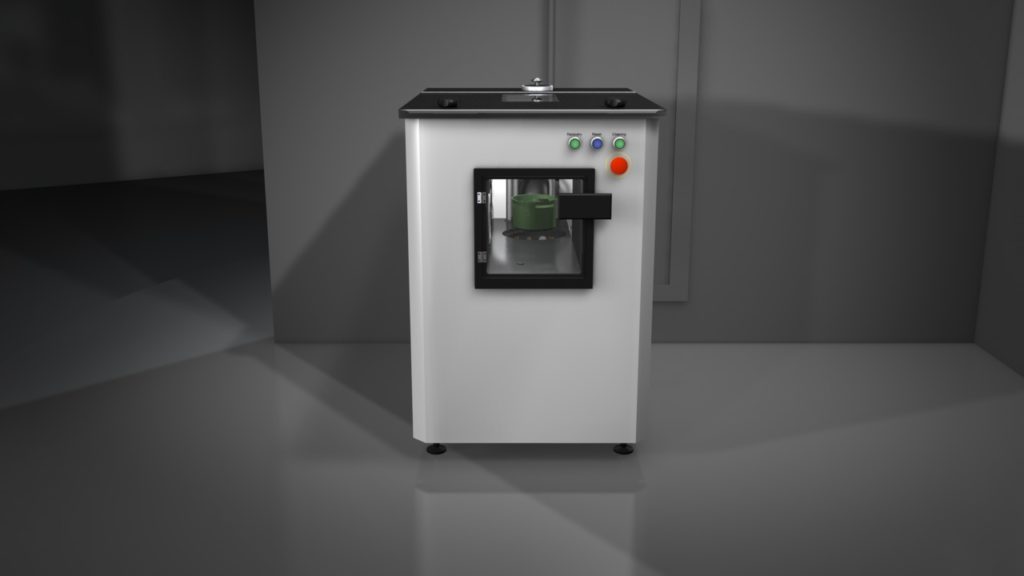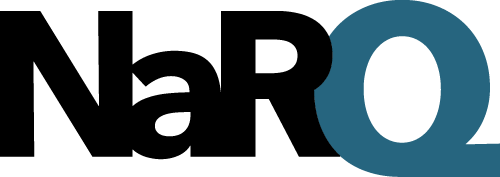News
NaRQ – a smoother process
One of the system’s major advantages is that it streamlines the process to just three steps.
Calling the process of dealing with drugs smuggled inside people’s bodies “smooth” is a little provocative, to be sure. The smugglers are often at-risk people who feel forced for whatever reason to bring in the drugs. But for staff who previously had to work in dangerous, unhygienic, stressful conditions, it’s a word they have mentioned themselves in describing working with NaRQ. Since the system essentially runs itself, it’s a much faster, more secure process for the staff.
The three steps:
Step 1: Separation
When the toilet is flushed, the contents are transported from the toilet to the wash chamber. Water breaks up waste that is flushed down the drain. A lightly soluble toilet paper should be used in limited quantities and preferably placed in a separate trash bin.
A waterproof video camera monitors the toilet bowl’s water trap. With this, you can check and document that no objects from the previous user remain.
A transparent drainage hose connects the toilet bowl and the washing machine, allowing for the same control to ensure no objects from the previous user are left behind.
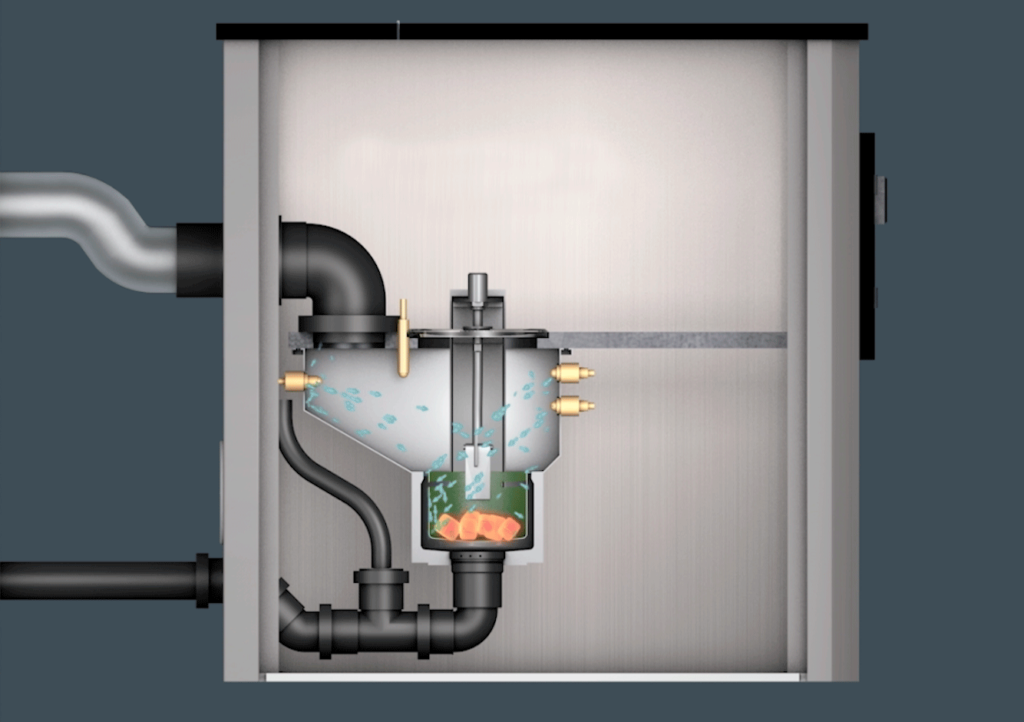
Step 2: Rinsing
Possible non-organic objects are collected in the central collection container. They are then washed with tempered water and subsequently disinfected with cleaning and disinfectant agents.
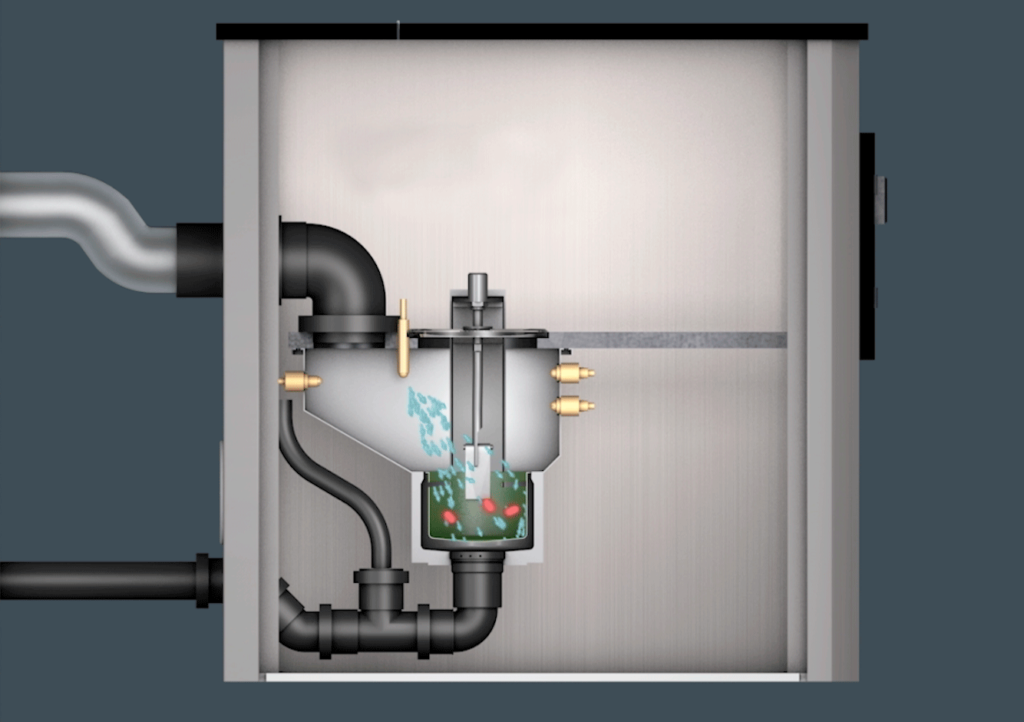
Step 3: Drying and delivery
Hot air blows into the chamber and removes excess moisture. The collection container is then transported to the front hatch, from where it can be lifted out and its contents inspected and processed.
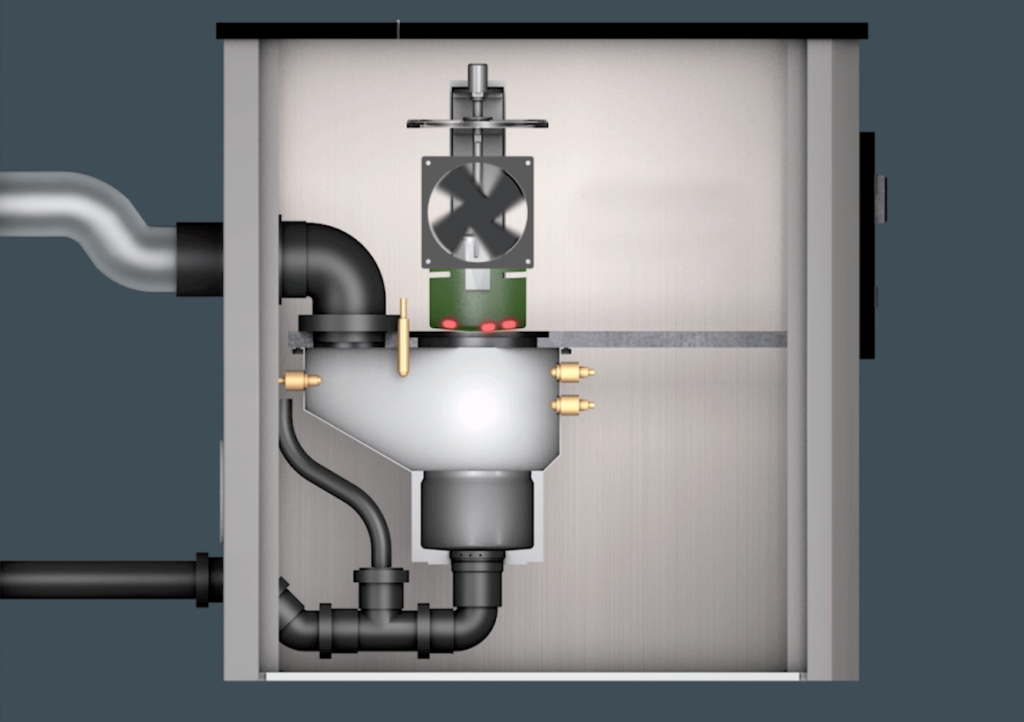
Is NaRQ right for your workplace?
NaRQ enables automatic handling of swallowed drugs, with the entire process monitored and recorded by the system.
Get in touch with us to learn more about how NaRQ can help improve the work environment at your site.
